Embarking on a solo trip to a remote destination can be an exciting and invigorating experience. But before you head to your destination, there are a few things you should keep in mind to ensure your trip is comfortable and safe. Packing is a crucial aspect of travel, especially when traveling solo. Here are some tips on how to pack for a solo trip to remote destinations.
Research Your Destination
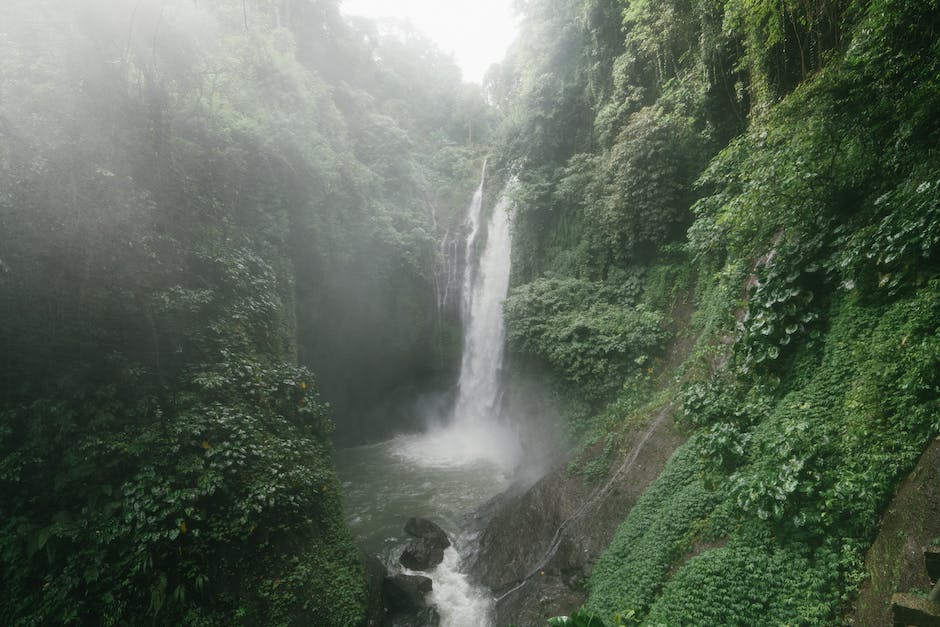
Research is essential when planning any trip, but it becomes even more crucial when traveling solo to remote locations. Learning about the destination can help you make informed decisions on what to pack. First, you should check weather conditions and take into account the terrain of the location you are traveling to. Some destinations may require special permits, visas, or vaccinations, so be sure to check carefully. Additionally, researching cultural norms and social customs can help you pack appropriate clothing and gear that will not offend local inhabitants.
Pack for Comfort and Functionality
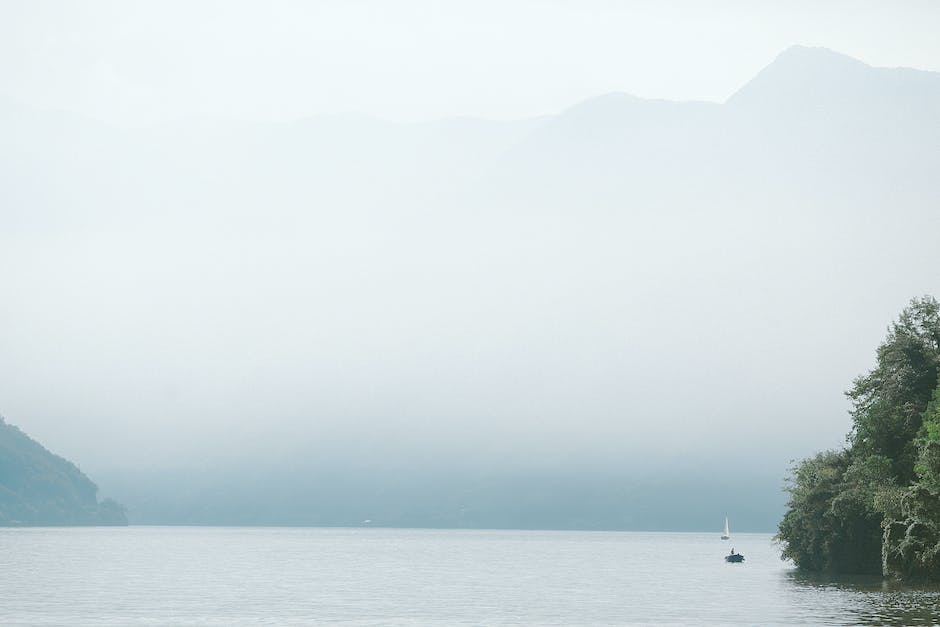
Packing for comfort and functionality is important when traveling solo to a remote location. Since you may not be able to get replacement items easily, comfortable and practical clothing and shoes are essential. Prioritize versatile items that can work in different settings or activities. You may also want to consider packing clothing that is easy to layer, so you can easily adjust to changes in weather or temperature conditions. In addition to clothing, think about the functionality of items and whether they will withstand the terrain and activities you’ll take part in.
Consider Your Safety

Safety should always be a primary consideration, especially when traveling solo. Therefore, your packing list should include some items that will help you stay safe in challenging situations. This includes an emergency whistle, a flashlight, and a first-aid kit. You may also want to invest in a good quality GPS tracking device or personal alarm. This can provide you with a sense of security and ensure that you have a backup plan in case of any emergencies.
Pack Light and Compact
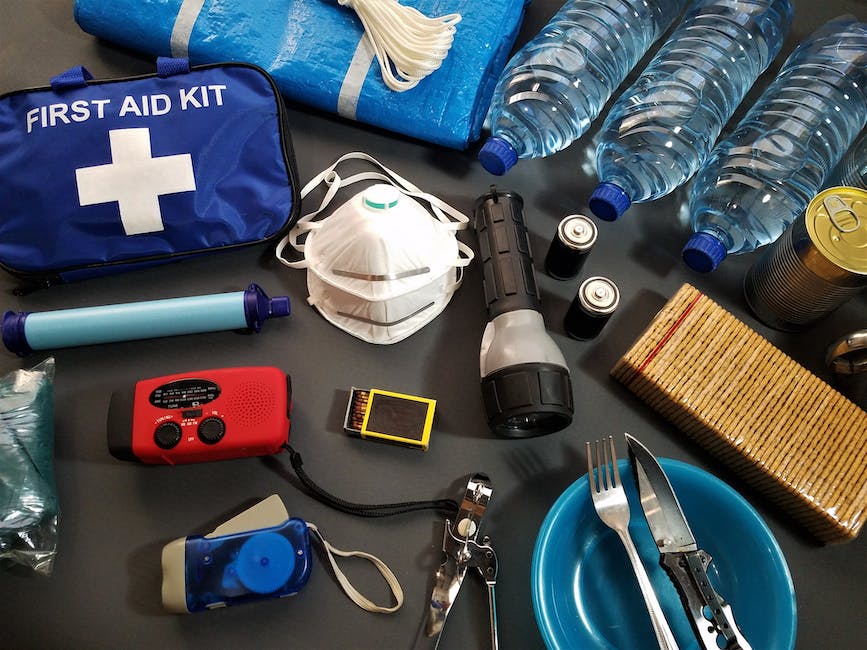
Traveling solo to a remote destination means you’re responsible for carrying everything you need. As a result, packing light and compact is an excellent idea. Pack only what you need is one of the golden rules of packing light. You should consider items that can serve multiple purposes, and avoid carrying more than one outfit or shoes for different activities. You can also invest in a quality backpack or duffle bag that is specifically designed for travel and can withstand wear and tear.
Bring a Water Bottle and Water Purification System
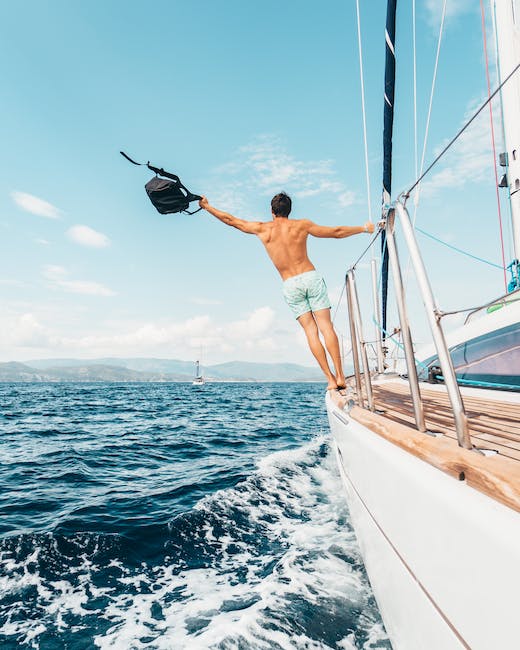
In remote destinations, water availability and quality may not be up to Western standards. Thus, carrying a water bottle and a water purification system is a smart move. Opt for practical and lightweight options, such as water purification tablets or a personal water filter. These items are perfect for when you’re on the go, or unsure of the quality and safety of available water sources.
Protect Your Electronics

Electronics are essential when traveling solo to remote locations. A smartphone or camera, for instance, can help you capture the beautiful moments of your trip, or stay connected with family and friends. As a result, it is vital to provide adequate protection, especially if you are traveling in challenging locations or harsh terrain. Some devices, such as waterproof cases or shockproof covers, can help protect your gear from dust, water, and impact.
Carry a Travel Journal
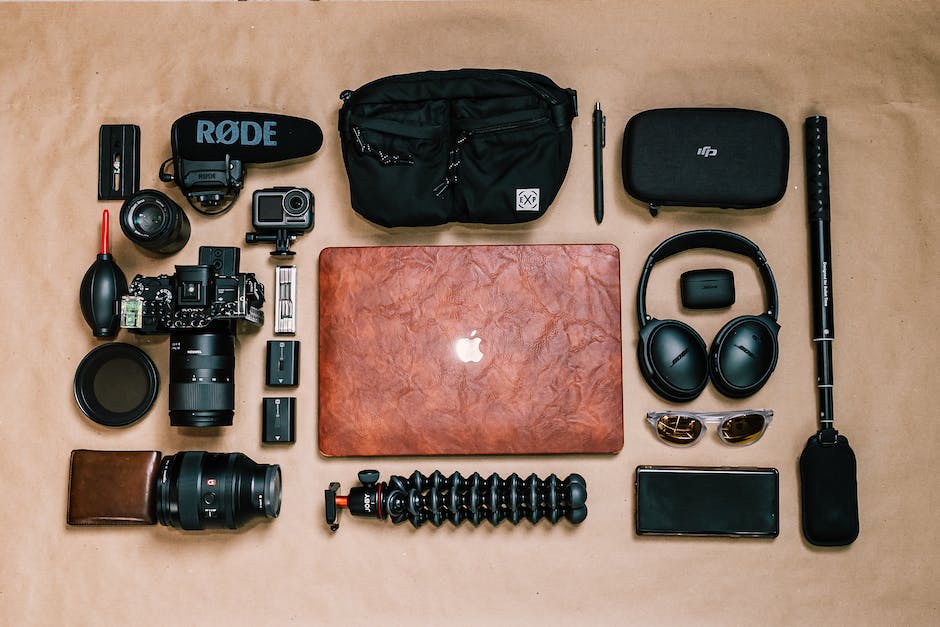
A travel journal is a unique and essential item for any solo trip. It’s a fun way to document your adventures and special moments, or even jot down maps or sketches. You can carry a small notebook and pen, or choose a more elaborate option with additional features like pockets for storing your itinerary or tickets.
Choose Snacks and Food Carefully

Food options may be limited in remote destinations, and the quality may not meet your standards. As a result, packing non-perishable snacks and light weight food items becomes essential. Travel-sized portions of familiar snacks, meals that can easily be prepared using boiling water, or instant noodles are all great options. Supplementing this with easily accessible fruits and nuts can make for a well-rounded meal.
Check Your Travel Insurance

Travel insurance is an essential investment when traveling solo to remote destinations. It’s important to ensure the coverage is comprehensive, including medical and travel-related emergencies. Besides, research the specifics of your policy and what it covers, so you can be prepared and travel with peace of mind.
Don’t Overlook Entertainment and Relaxation

While traveling solo to a remote destination, you’ll likely have plenty of downtime to relax and rejuvenate. Carry some form of entertainment, like a book, music, or games to help you pass the time. You might also want to consider packing something that can help you engage in mindful activities, like yoga or meditation.

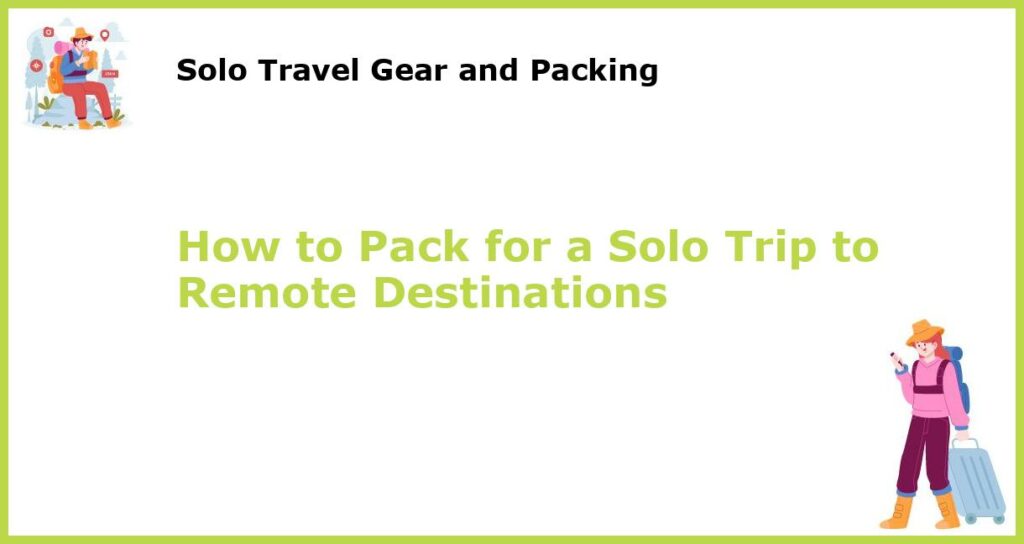






 You might also be interested in those articles related to solo traveling
You might also be interested in those articles related to solo traveling